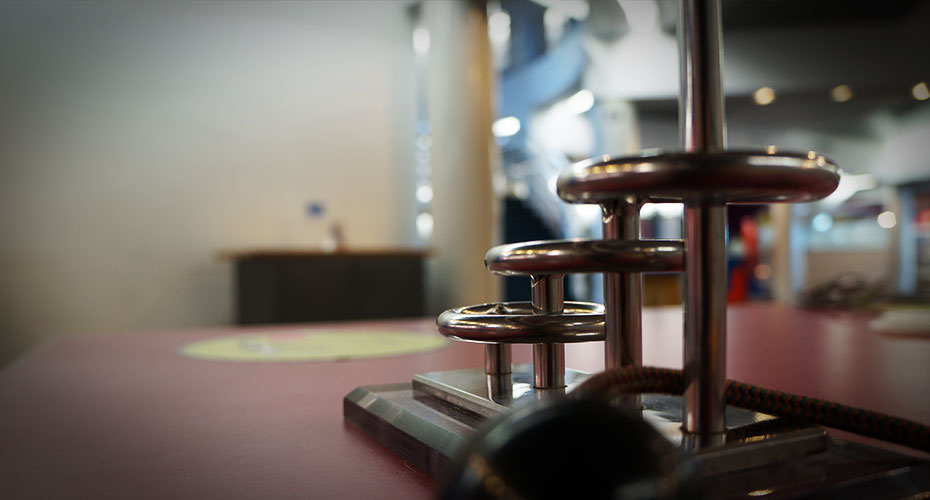In this demonstration, students discover how the structure and placement of the eyes creates depth perception.
Depth perception occurs as your brain compares the pictures received in each eye to figure out how far objects are from you. Each eye sees a slightly different picture because they're in slightly different places.
If you use first one eye then the other to view an object, nearby objects tend to jump back and forth more, whereas faraway objects hardly seem to move at all.
In the first part of the demonstration, one eye sees the object covered by the index finger. The other eye has an unobstructed view. This demonstrates that each eye is getting a different picture of the world.
Single image random dot stereograms are the original versions of the popular 'Magic Eye' pictures in which a 3D image pops out from what appears to be a sheet of random dots. The dots are arranged in repeating pattern, with slight differences in each repetition. Each eye sees a slightly different pattern because of the different angles between the page and each eye. Your brain tries to overlap the two patterns, and creates the virtual 3D object.
If you want to view movies or pictures in 3D, you have to show a different picture to each eye. That's why they give you glasses with 2 lenses of different colours (or let through light of different polarities.)


